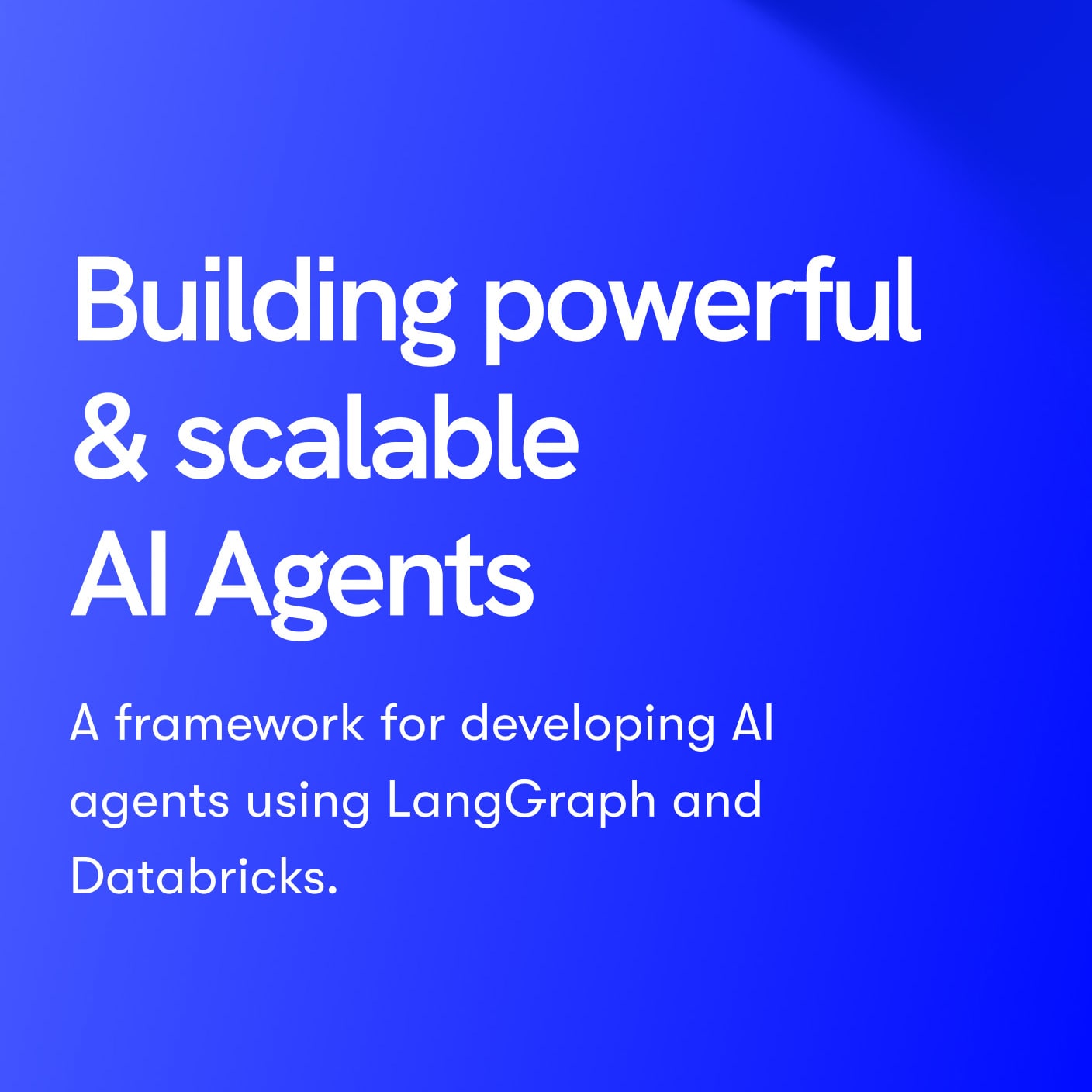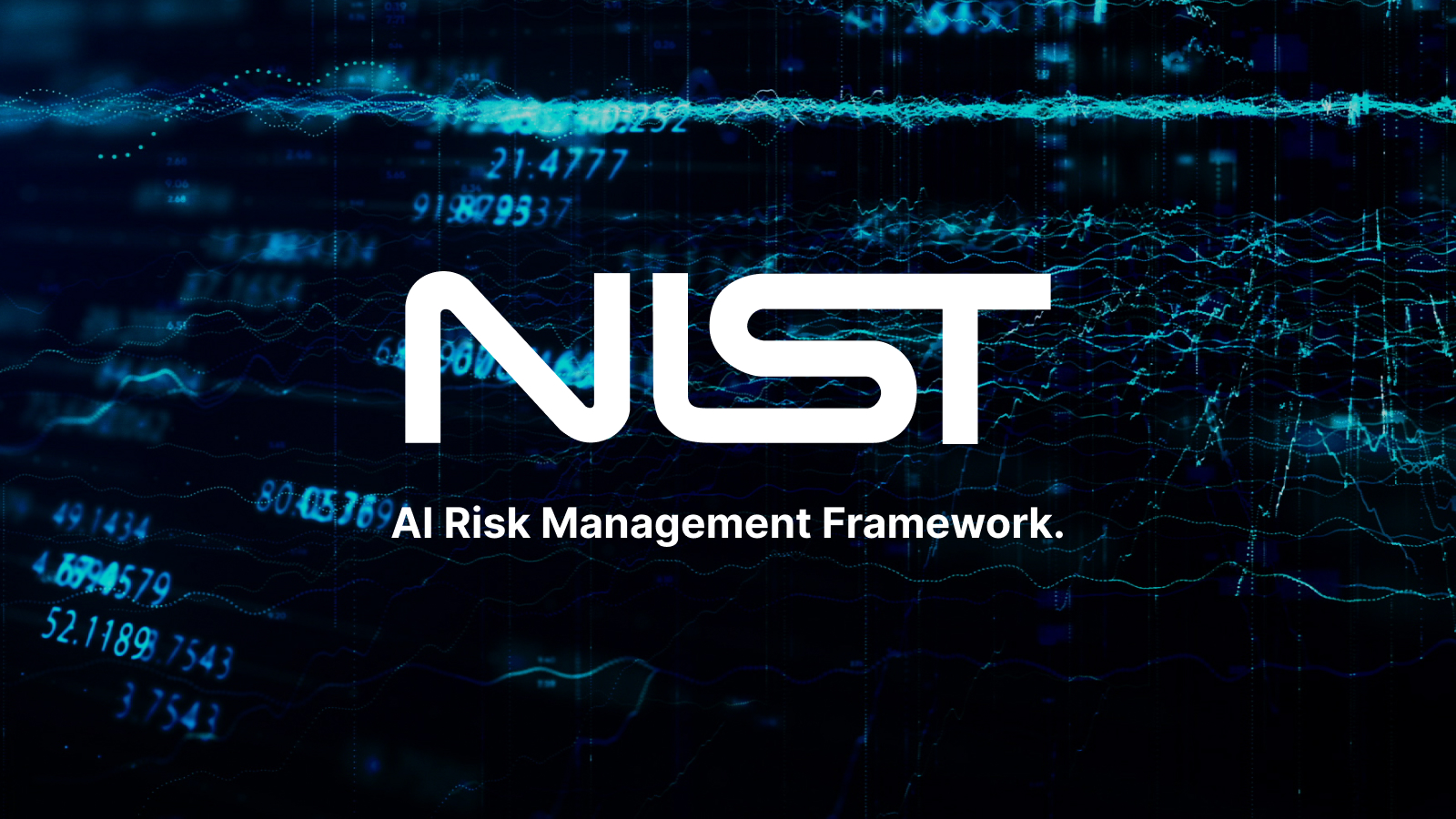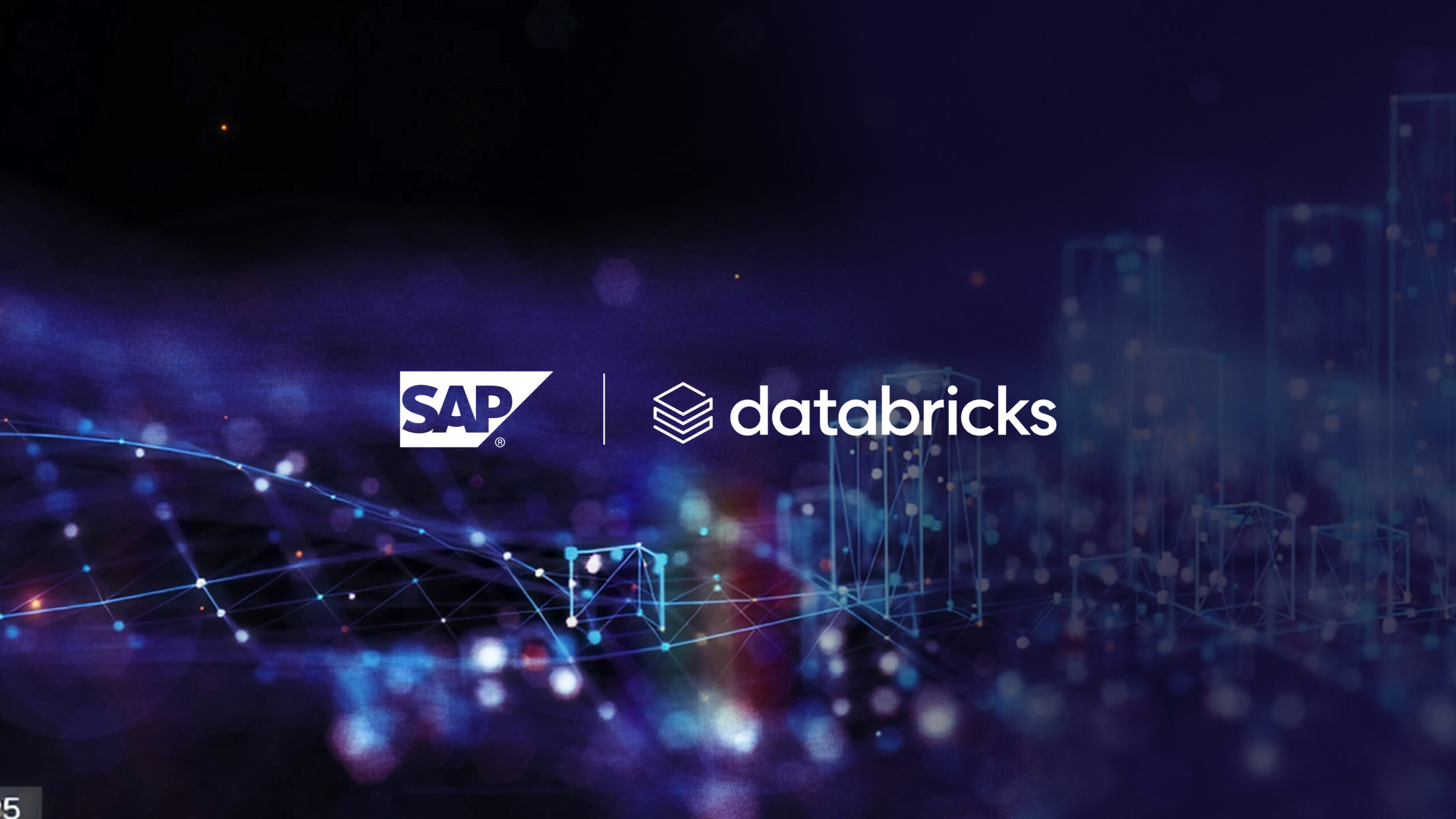Introduction to gRPC
As microservices become a more and more popular architecture for projects to utilize, communication between said microservices becomes a core aspect to consider when it comes to the performance of a system. The traditional communication most use between APIs is REST with JSON encoding. In this article we will explore gRPC as an alternative to REST, how their performance compares and where gRPC may fall short in comparison to regular REST.
What is gRPC
gRPC is an open source Remote Procedure Call (RPC) framework created by Google, designed with the goal to deliver low latency communication between their services. It is based on the Protocol Buffer data serialization mechanism, also developed by Google, to enable efficient communication between client and server through binary encoded data. In order to enable binary data serialization/deserialization for both the client and the server, .proto files are used to determine the message structure, as well as what procedures are available to be called in the server and their expected inputs and outputs. Here we define a message with differently typed attributes so as to show the wide range of gRPC messages, and a service, with the different methods gRPC allows:
// Message definition
message SampleMessage {
message NestedMessage {
sint64 NestedAttribute = 1;
unint64 UnsignedAttribute = 2;
optional string OptionalAttribute = 3;
}
repeated NestedMessage SampleComplexArray = 1;
}
// Service and method definition
service SampleService {
rpc UnaryProcedure (Request) returns (Response);
rpc ServerStreamProcedure(Request) returns (stream Response);
rpc ClientStreamProcedure(stream Request) returns (Response);
rpc DuplexStreamProcedure(stream Request) returns (stream Response)
}
The gRPC framework enables development in highly heterogeneous teams by providing codegeneration for several languages like Go, Javascript, Java, Python, C#, among others. Code generation for inter-service communication allows each team to focus on their business logic, while leaving code which can be considered boiler plate and repetitive up to the gRPC framework.
Communication between services with gRPC allows not only for simple request-response communications, but also enables data streaming between them by leveraging HTTP/2 header compression, persistent connections, and data multiplexing. These can be any of Client streaming, Server streaming or bidirectional (duplex) streaming.
gRPC has found great success in environments where performance is among the highest priorities. Some examples of these can be:
- Real time data transfer between client and server for Uber
- Router configuration sharing between routers and clients for CISCO
- Communication between 2500+ of Spotify’s services
gRPC comparison with REST
Adoption of gRPC by developers familiar with REST architectures may take some time. The mandatory use of .proto files for defining service contracts adds an extra step to the development process, not present while developing many REST APIs where the most standard documentation OpenAPI is not necessarily required to develop. Additionally the binary format of gRPC payloads, while performant, may present a challenge when attempting to debug in comparison to human readable JSON. gRPC demands certain infrastructure support, such as HTTP/2 support which may prove troublesome if working with legacy systems.
| Thing | gRPC | REST |
|---|---|---|
| Communication Channel | HTTP/2 | Mostly HTTP/1.1, but can use HTTP/2 |
| Documentation | Mandatory .proto files |
Optional OpenAPI files |
| Payload format | Binary | Determined by headers |
| Focus | Performance | Statelessness |
When attempting to measure the performance difference between REST and gRPC, we can look at Ian Gorton’s Medium Article. In it they show how, while for smaller payloads and smaller amounts of clients, REST outperforms gRPC, as the loads scale gRPC greatly outperforms a REST architecture by up to 9x. This performance comparison includes a REST implementation utilizing Protocol Buffers, which displays a similar improvement over REST as gRPC, showing how the significant performance gain is due to the payload encoding and serialization provided by Protocol Buffers.
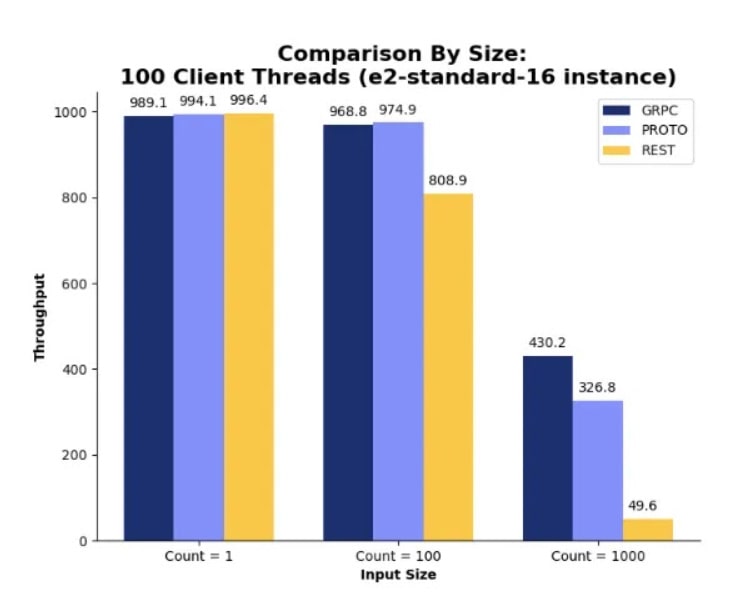
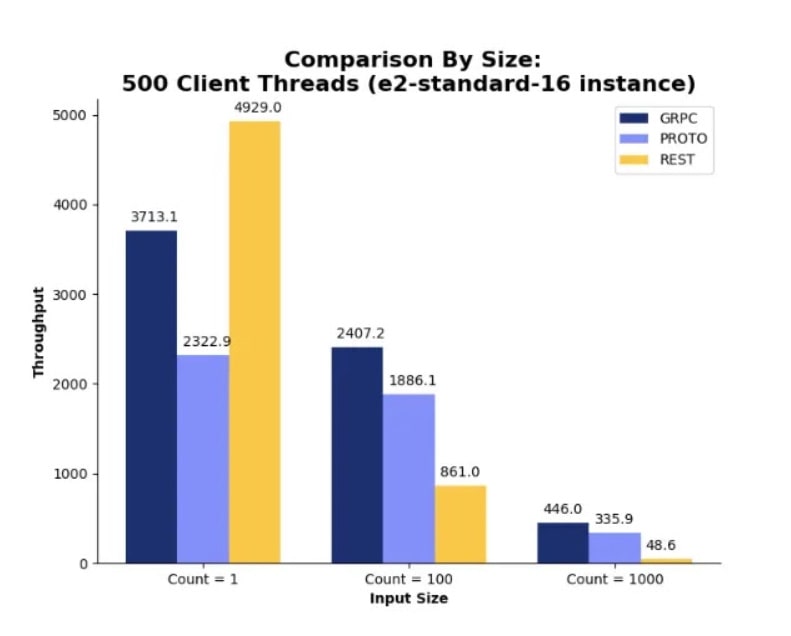
When should I use gRPC?
Usage of gRPC should be considered when the performance of a system is paramount, such as GPS related applications or real time analytics. Large teams with services working with different programming languages can benefit from the code generation offered by gRPC and the contracts established by the .proto files.
There are certain restrictions when it comes to selecting gRPC as your technology of choice. Among these we can find that the support for gRPC from the browser (gRPC-web) is quite limited, such as not supporting all types of client-server communications (Duplex Streams and Server Streams will be supported once whatwg streams are implemented). Furthermore, the tooling available for gRPC is less than what can be found for REST apis or frameworks, from available packages for different programming languages to client tools like Postman or Bruno.
Conclusions
gRPC offers a powerful alternative to REST for scenarios where performance, efficiency, and strong service contracts are critical. By leveraging Protocol Buffers and HTTP/2, it enables faster communication, smaller payloads, and advanced features like bidirectional streaming, making it particularly well-suited for real-time systems and large scale microservice architectures. Its built-in code generation for multiple languages further simplifies cross-team development, ensuring consistent communication across heterogeneous systems.
However, gRPC is not a one-size-fits-all solution. Limited browser support, fewer developer tools, and a steeper learning curve compared to REST mean that its advantages are most evident in specific contexts rather than general-purpose API design. In many cases, the decision between gRPC and REST will come down to weighing raw performance needs against ecosystem maturity and ease of adoption.
When chosen for the right use cases, gRPC can be a game-changer—enabling faster, more efficient, and more reliable service-to-service communication.
Further reading
This article serves as an introduction to gRPC, and all it has to offer. Other articles and manuals which may be of interest to any reader are detailed in this section.
Best Practices
The team developing gRPC have gone to great lengths to provide several ways to make the best use possible for gRPC. For this they’ve outlined best practices in order to make sure gRPC is as performant as it can be
Other RPC frameworks
gRPC is only one instance of an RPC framework, there are many other which offer their own set of benefits. Some popular ones which may interest a reader can be:
1. tRPC to move faster by removing the need of a traditional API-layer in typescript
2. JSON-RPC A light weight remote procedure call protocol, designed to be simple
Apache Thrift
Much like Google with gRPC, the Apache Software Foundation designed and published Apache Thrift, their own open source RPC framework, which uses Thrift Definition Files to determine their services interfaces and generate code based on them

